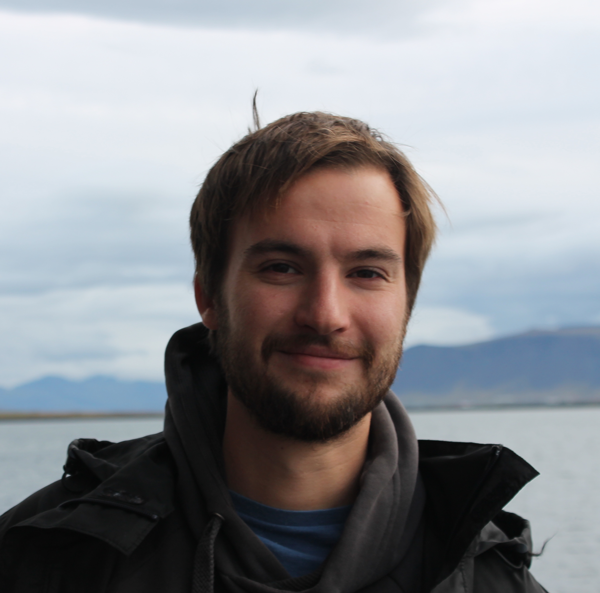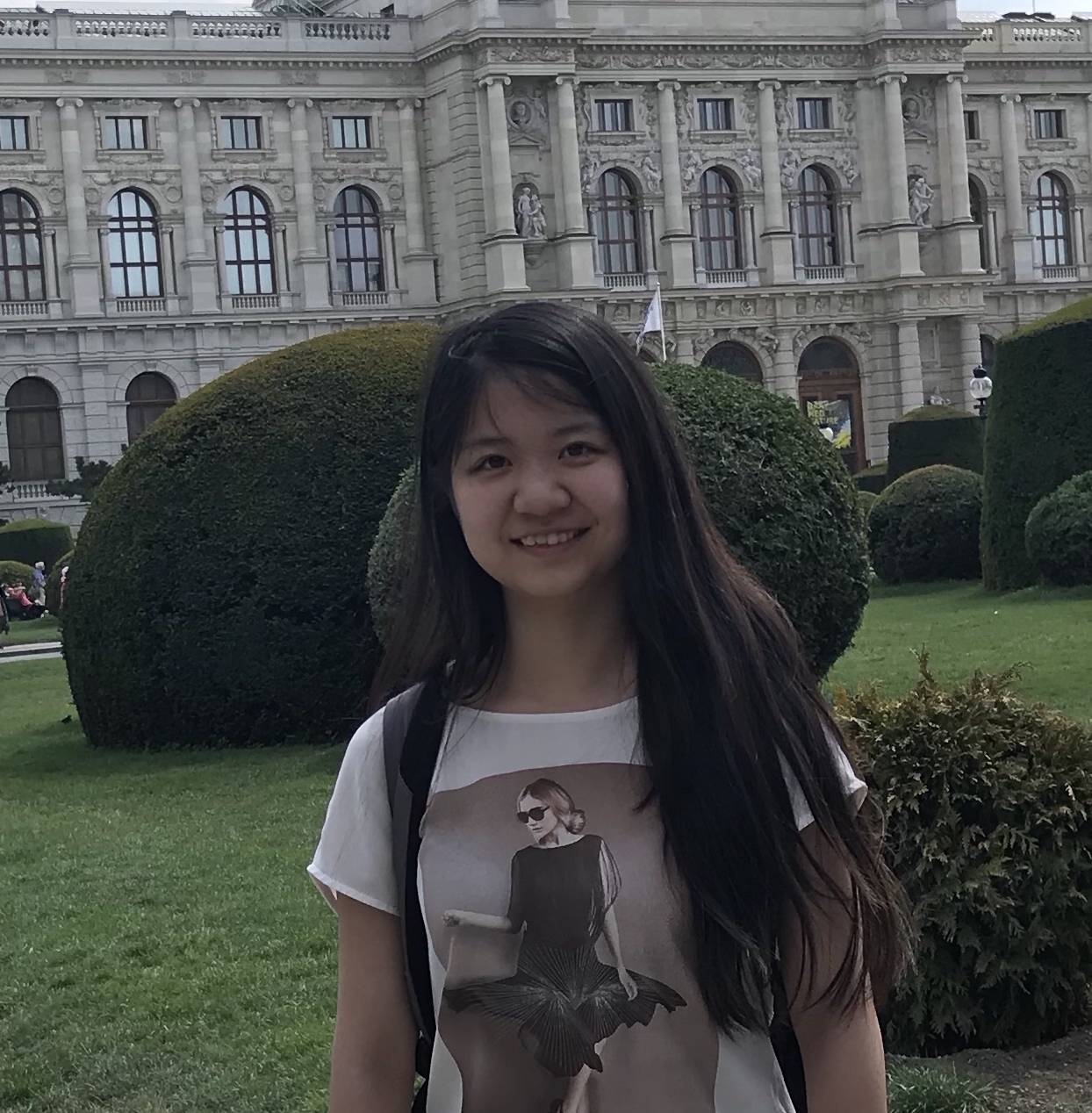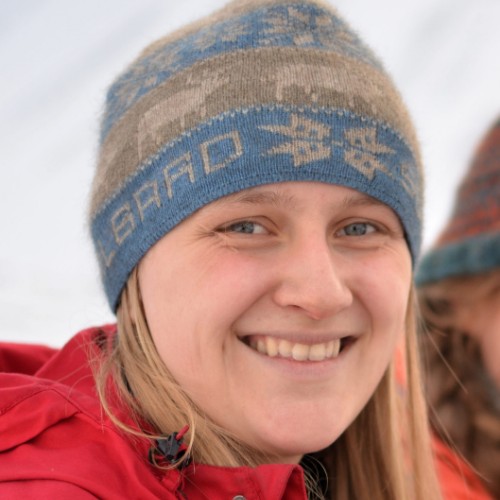Stef Lhermitte
Stef Lhermitte is a remote sensing scientist with specific interest in the use of multi-source remote sensing and land surface modelling to assess cryosphere, atmosphere and ecosystem dynamics. Since 2022, Stef is full-time Associate Research Professor at the Department of Earth & Environmental Science of KU Leuven which he combines with a 20% position of Associate Professor the Department of Geoscience & Remote Sensing at TUDelft. Stef obtainied a PhD in Remote Sensing at KULeuven (2008) and worked in several international post-doc positions (CEAZA, KNMI, KULeuven) on broad range of remote sensing technologies in a variety of applications ranging from cryospheric and atmospheric sciences to ecology and hydrology. Now his research focuses on the development of innovative methods (e.g. machine learning) for assessing land-atmosphere interactions in order to assess the effect of climate (change) on the cryosphere, ecosystem dynamics, the hydrological cycle, sea level rise, etc. and their feedbacks on (future) climate.
Complete CV





